A. Hakimi
Enhancing AmBC Systems with Deep Learning for Joint Channel Estimation and Signal Detection
Nov 15, 2023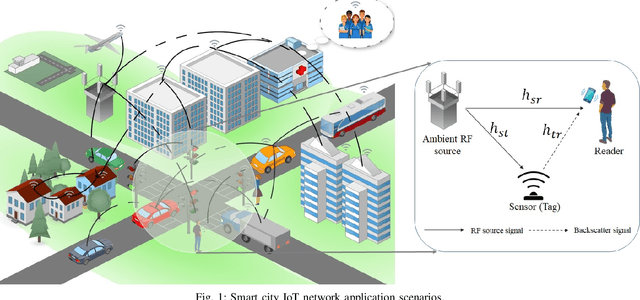
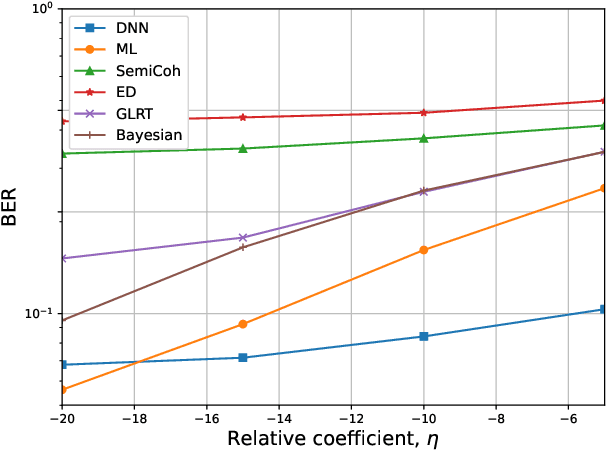

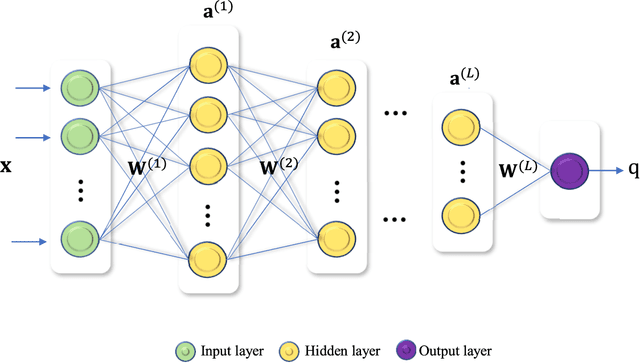
Abstract:The era of ubiquitous, affordable wireless connectivity has opened doors to countless practical applications. In this context, ambient backscatter communication (AmBC) stands out, utilizing passive tags to establish connections with readers by harnessing reflected ambient radio frequency (RF) signals. However, conventional data detectors face limitations due to their inadequate knowledge of channel and RF-source parameters. To address this challenge, we propose an innovative approach using a deep neural network (DNN) for channel state estimation (CSI) and signal detection within AmBC systems. Unlike traditional methods that separate CSI estimation and data detection, our approach leverages a DNN to implicitly estimate CSI and simultaneously detect data. The DNN model, trained offline using simulated data derived from channel statistics, excels in online data recovery, ensuring robust performance in practical scenarios. Comprehensive evaluations validate the superiority of our proposed DNN method over traditional detectors, particularly in terms of bit error rate (BER). In high signal-to-noise ratio (SNR) conditions, our method exhibits an impressive approximately 20% improvement in BER performance compared to the maximum likelihood (ML) approach. These results underscore the effectiveness of our developed approach for AmBC channel estimation and signal detection. In summary, our method outperforms traditional detectors, bolstering the reliability and efficiency of AmBC systems, even in challenging channel conditions.
User Scheduling and Trajectory Optimization for Energy-Efficient IRS-UAV Networks with SWIPT
Sep 12, 2022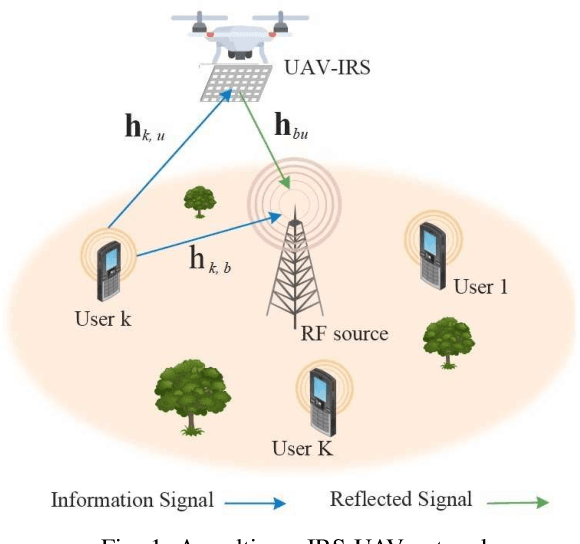
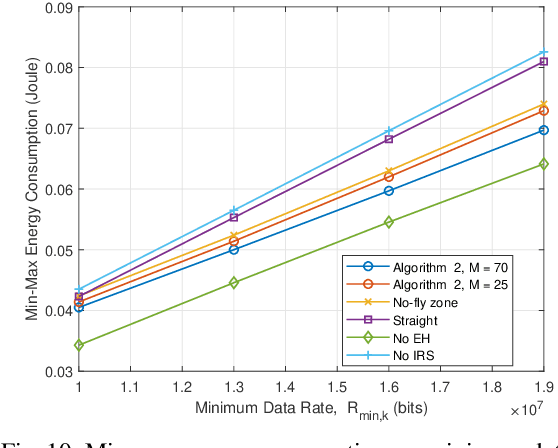
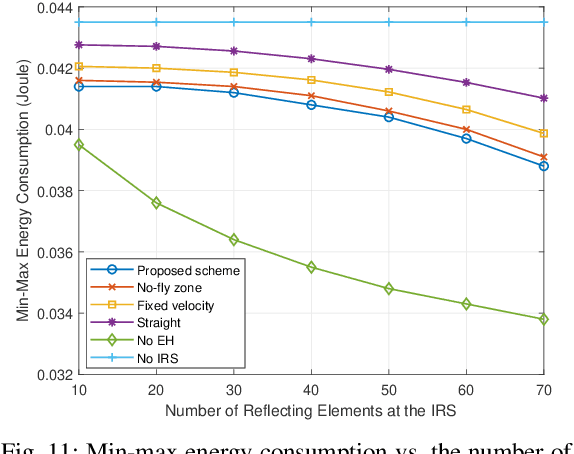
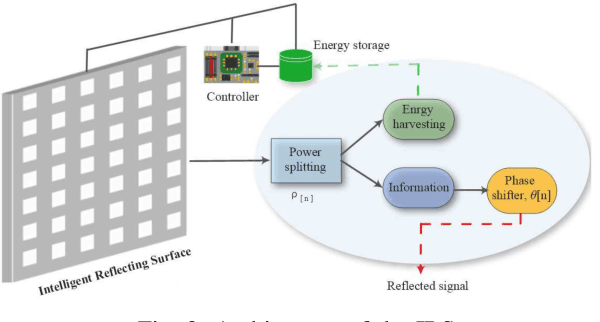
Abstract:This paper investigates user scheduling and trajectory optimization for a network supported by an intelligent reflecting surface (IRS) mounted on an unmanned aerial vehicle (UAV). The IRS is powered via the simultaneous wireless information and power transfer (SWIPT) technique. The IRS boosts users' uplink signals to improve the network's longevity and energy efficiency. It simultaneously harvests energy with a non-linear energy harvesting circuit and reflects the incident signals by controlling its reflection coefficients and phase shifts. The trajectory of the UAV impacts the efficiency of these operations. We minimize the maximum energy consumption of all users by joint optimization of user scheduling, UAV trajectory/velocity, and IRS phase shifts/reflection coefficients while guaranteeing each user's minimum required data rate and harvested energy of the IRS. We first derive a closed-form solution for the IRS phase shifts and then address the non-convexity of the critical problem. Finally, we propose an alternating optimization (AO) algorithm to optimize the remaining variables iteratively. We demonstrate the gains over several benchmarks. For instance, with a 50-element IRS, min-max energy consumption can be as low as 0.0404 (Joule), a 7.13% improvement over the No IRS case (achieving 0.0435 (Joule)). We also show that IRS-UAV without EH performs best at the cost of circuit power consumption of the IRS (a 20% improvement over the No IRS case).
 Add to Chrome
Add to Chrome Add to Firefox
Add to Firefox Add to Edge
Add to Edge